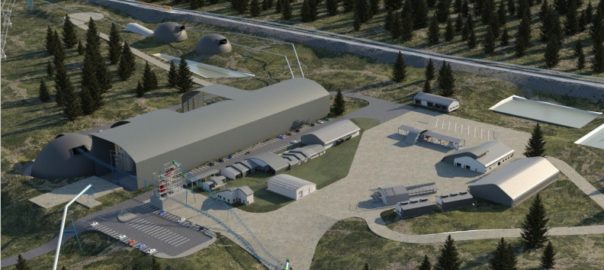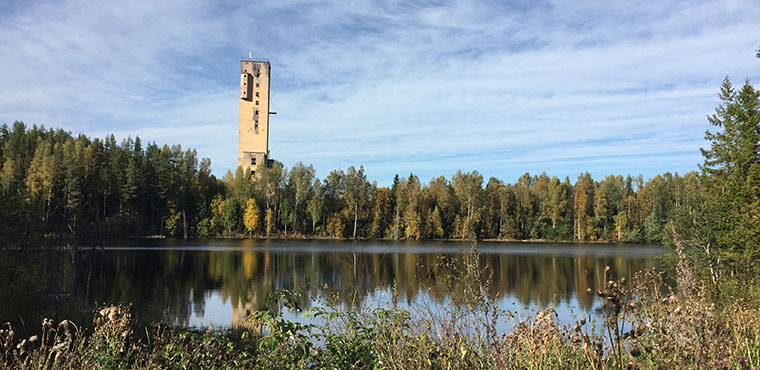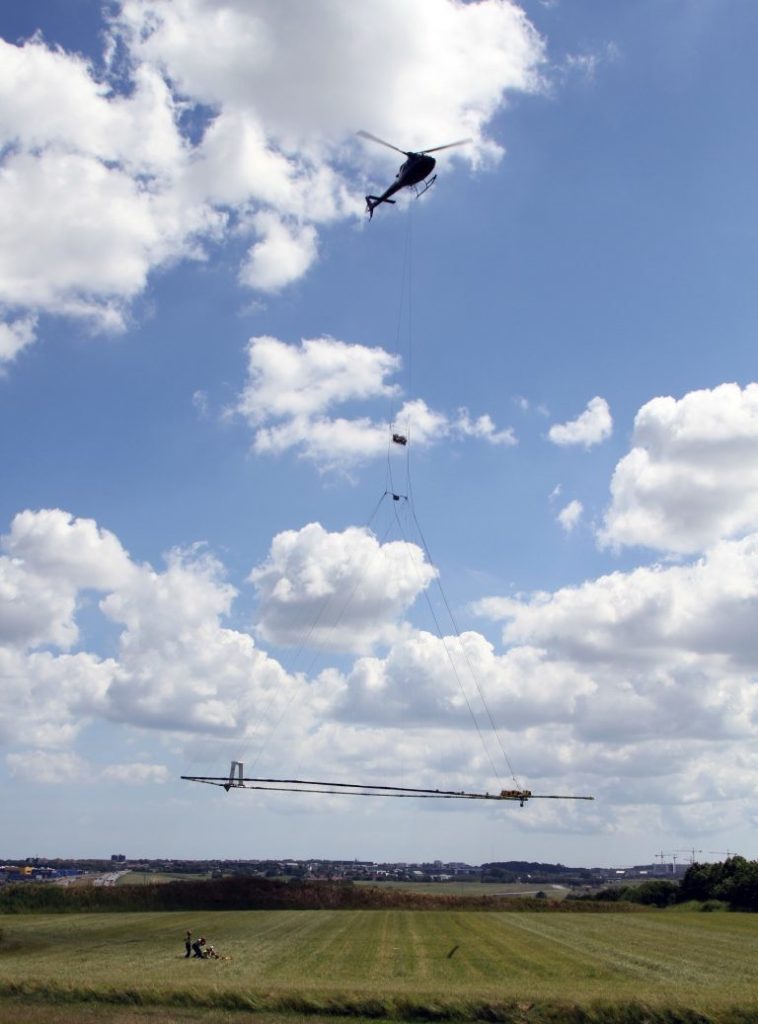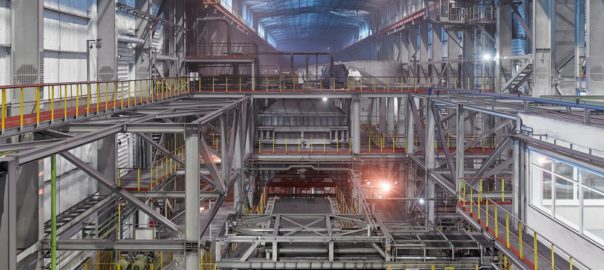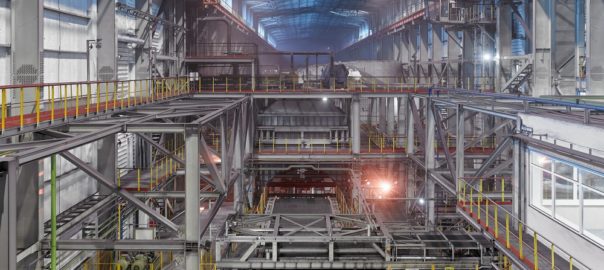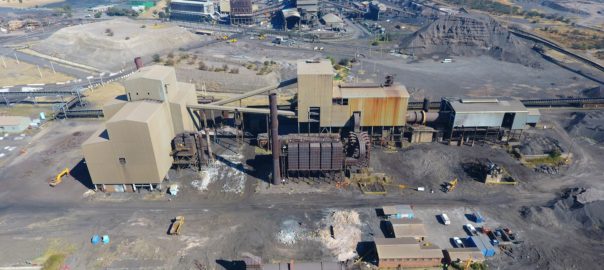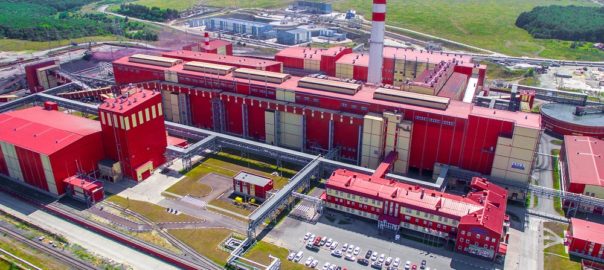Metso Outotec has signed an agreement for the delivery of key equipment for the expansion of an existing production line at the Ferrexpo Poltava Mining iron ore grate-kiln pellet plant, in Ukraine.
The value of the equipment is €18 million ($20 million), and it has been booked in the company’s Metals Q4/2021 orders received, the OEM said.
Metso Outotec’s scope of delivery consists of equipment for major modifications to the traveling grate, rotary kiln and annular cooler. This will see the production line’s capacity increase to over 6 Mt/y of iron ore pellets, Metso Outotec said, adding that the two companies have recently worked together to complete the engineering.
Chris Urban, VP, Heat Transfer Products at Metso Outotec, said: “Metso Outotec and Ferrexpo have developed a strong relationship and common respect for each other while planning improvements for Ferrexpo’s Poltava site. During the past several years, Metso Outotec has been committed to supporting Ferrexpo in the expansion and upgrade of their Poltava plant to a world-class production facility featuring state-of-the-art technologies. Once the project is complete, Poltava will not only be able to substantially increase the plant production, but they will also realise considerable improvements in the plant’s fuel and power consumption as well as plant emissions.”
Jim North, Interim CEO at Ferrexpo plc, said: “We are pleased to announce this latest development in our ongoing collaboration with Metso Outotec, which will help us realise further growth at our production base in Ukraine. Through our continued focus on investing in our pelletiser, we are deploying modern, energy-efficient technologies that will help us achieve greater volumes of our high-grade iron ore pellets, which are helping to facilitate decarbonisation in the global steel industry.”
Metso Outotec says it is the world’s leading supplier of grate-kiln pellet plants, with more than 50 installations globally totaling over 130 Mt/y of production.








